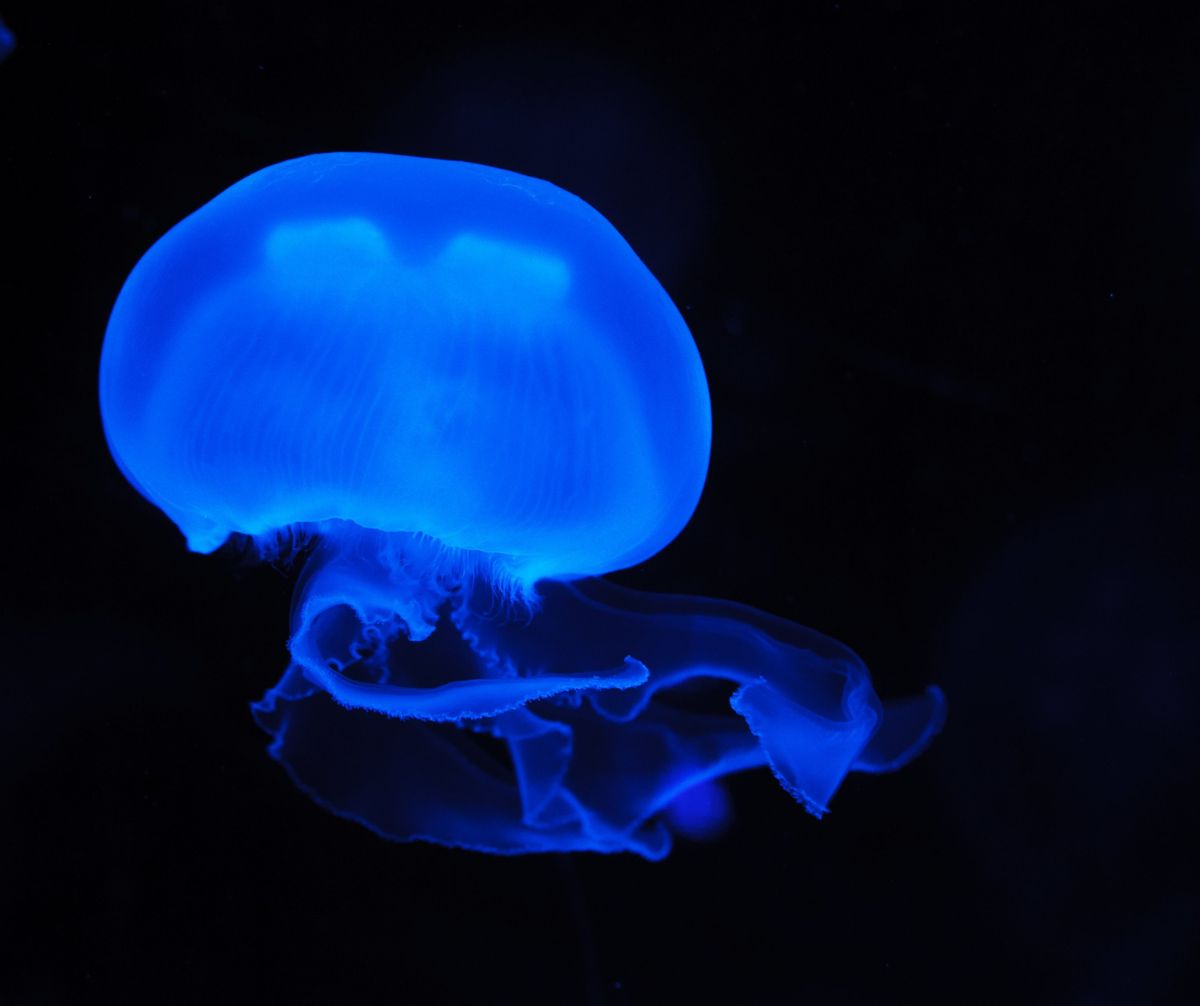Jellyfish have a distinct body made up of mostly water, accounting for up to 95% of their mass, giving them a jelly-like texture.

Jellyfish have a jelly-like substance called mesoglea between their outer epidermis and inner gastrodermis, providing buoyancy and support.
Their mesoglea acts as a buoyancy regulator, allowing them to control their position in the water column with ease. The gelatinous body provides some protection against predators and helps them blend into their surroundings.
Collagen, a vital protein in animals, is crucial for jellyfish as well. It gives elasticity and flexibility to the jellyfish’s mesoglea, enabling them to move their bodies.
Jellyfish have a complex life cycle, starting as small polyps and transforming into free-swimming medusae. They absorb nutrients directly from the water through their body’s large surface area, extracting maximum sustenance.

Jellyfish use different ways to reproduce and survive. Some types can reproduce sexually and asexually, and their gelatinous body helps their offspring disperse and survive.
Well, what do you think about this deeper appreciation for these enigmatic creatures and their place in the natural world?



